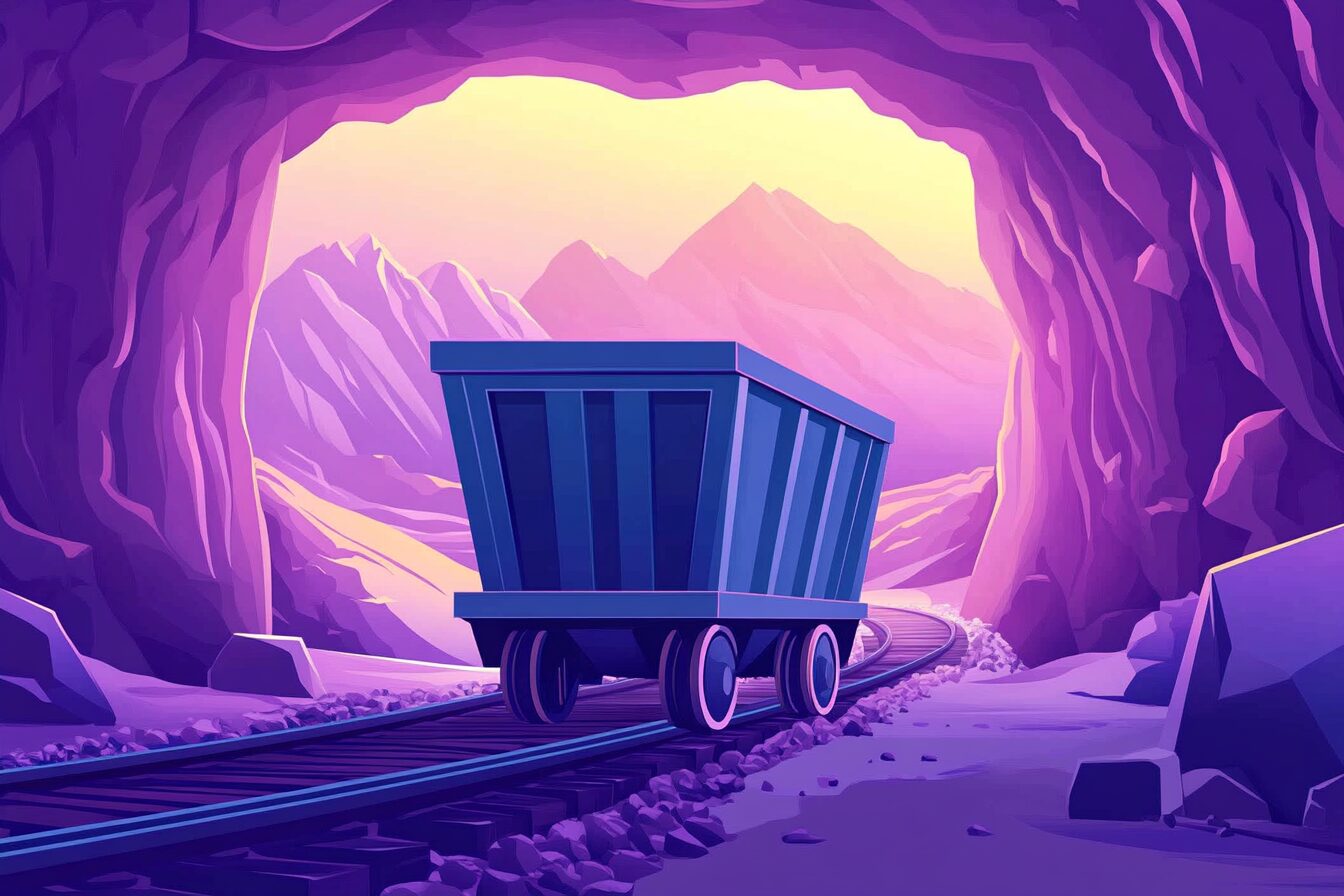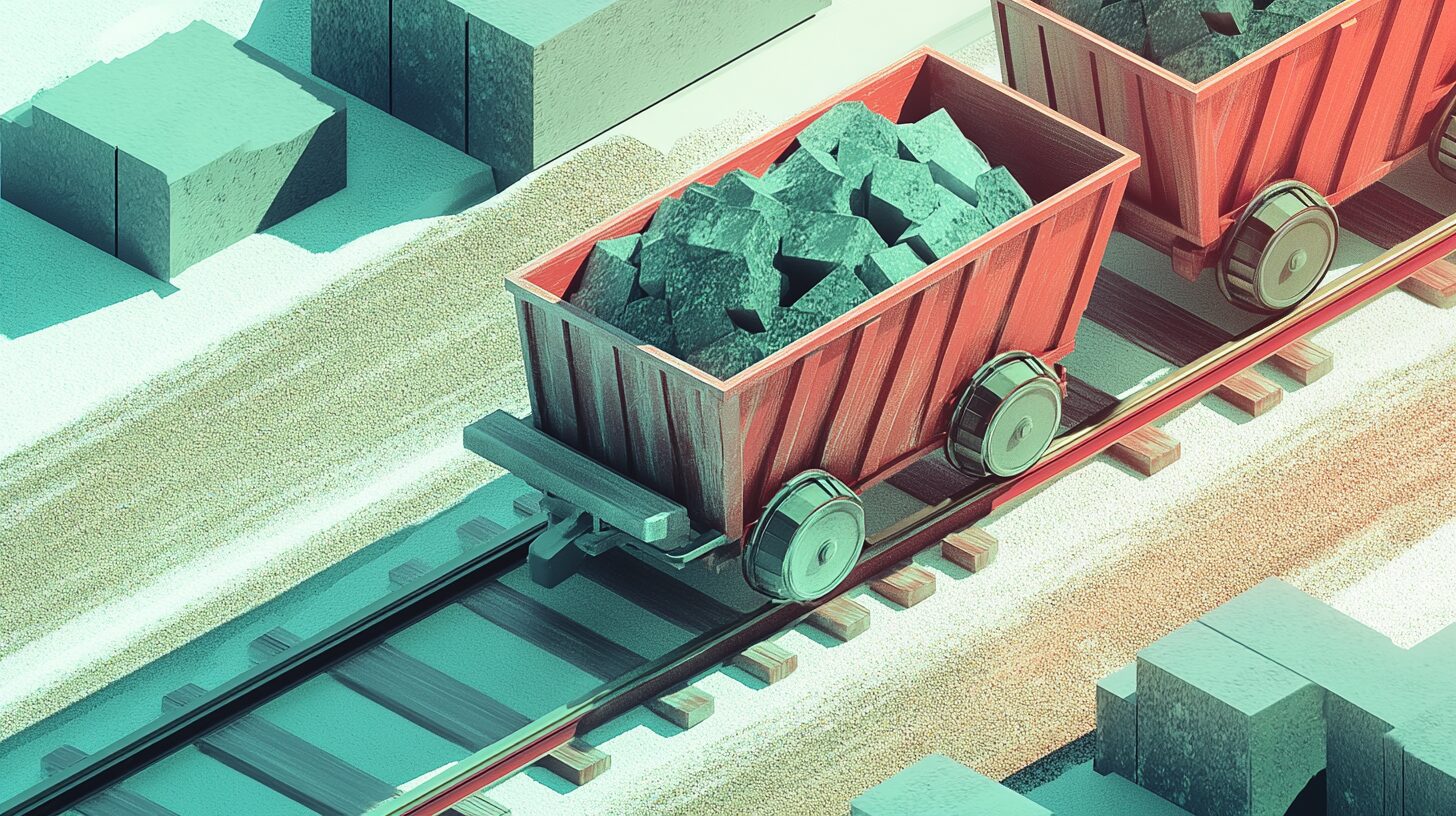Summary: This article challenges the pessimistic view that human progress will soon come to a halt due to resource scarcity. It argues that humans are problem solvers who can adapt to changing circumstances and find new ways of using resources more efficiently. It illustrates this point with the example of germanium, a mineral that has been extracted from different sources over time depending on the demand and availability.
Pessimists often claim that human progress is about to come to a screeching halt. They say that the resources that make progress possible are about to run out, dooming us to a reversal in living standards. The Club of Rome, along with nearly every environmentalist, tells us that incessantly, usually pointing to a supposed mineral shortage that will end civilization. The pessimists insist that everything must be recycled and that we must have a completely circular economy. Alas, they fail to understand how the mineral industry actually works. On a deeper level, they fail to understand that humans have agency. We are not merely buffeted by the natural world but can solve problems ourselves.
Another group that fails to appreciate our problem-solving ability is the American Chemical Society (ACS). The Society has a list of “endangered elements,” which they think might run out in the near future. The idea that we could run out of hafnium is enough to make geologists guffaw – I actually tried this once, and that’s what happened: not just giggles but proper belly laughs. Germanium, another on that list of likely shortages, illustrates my point even better. The world doesn’t use much of it, perhaps 150 tons a year. Some of that is recycled. (There’s nothing wrong with recycling, but insisting that we must recycle is wrong.)
We first started using germanium for electronics before we switched to using silicon computer chips. Germanium is still the material of choice for getting a warm and fuzzy sound on a guitar pedal, but today, germanium is mostly used for night sights and long-distance fiber optics. That’s because adding a little germanium to glass allows it to carry light for longer distances. So, we like having germanium around, and we would miss it if we ran out.
Early germanium extraction methods used coal. There’s a little germanium in nearly all coal and more in certain other deposits. If you collect the vapor after burning coal, the germanium concentrates in the ash and can be collected. The chemical company Johnson Matthey used to have a plant in Cheshire, England, to the delight of fuzzy guitar pedal enthusiasts. Later, we realized that certain zinc ores could also provide germanium, and the world supply pivoted to a zinc mine in DR Congo. Then, we got wise to the harmful effects of coal dust floating around the countryside. Coal power plants installed electrostatic precipitators on their chimneys to collect the dust, and coal once again became the primary source of the world’s germanium.
It might seem lucky that today’s germanium supply is just a byproduct of producing electricity. But to think of it as luck is to get things the wrong way around. We are problem solvers, not just the recipients of happenstance. In the absence of that luck, we could build a factory to do it anyway. That’s how the world’s largest germanium producer, in China, works. They mine coal, burn it in a power station, and collect the germanium-infused dust. Rumor has it – and it might just be a rumor because it’s so cute – that the germanium content is so rich that they give the electricity away to the local town for free.
The point of my germanium example is to show that we are not dependent on the current methods of mineral extraction, nor do we need luck to avoid shortages. We are tool-making creatures. If we have a problem, we study the world around us and develop a way to solve it.
Like germanium, every item on the ACS list of “endangered elements” actually has a vast current supply. The current mineral extraction methods might have problems, but the total amount of resources that we can use is imponderable. And if our current methods come up a little short, we’ll find better methods of extraction.
Our adaptive abilities should be obvious, though they clearly are not. We’ve been adapting to resource scarcity for millennia, and the idea that we would stop today, at the pinnacle of our development so far, is a peculiar one.


